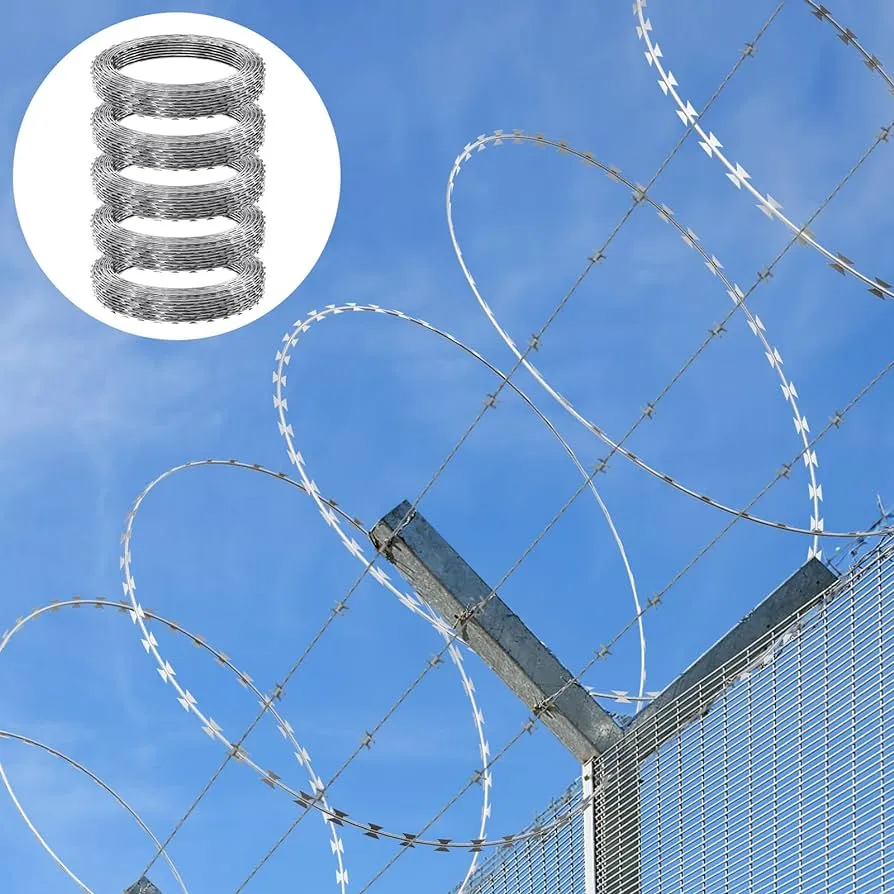Exploring the Role and Impact of Barbed Wire Fences in Modern Society
The Complex Role of Barbed Wire Fences
Barbed wire fences have been an integral part of agricultural, military, and residential landscapes since their invention in the late 19th century. Initially designed to keep livestock contained and protect crops from foraging animals, these innovative barriers have also played significant roles in socio-political contexts, transforming them into symbols of division, control, and sometimes conflict.
Historical Background
Barbed wire was patented in 1873 by Joseph Glidden, who created a design that was both effective and affordable. Its introduction revolutionized the way farmers could protect their lands and manage their cattle, especially in the vast open spaces of the American West. With the rapid expansion of agriculture, traditional wooden fences were replaced by barbed wire, which not only provided a low-cost solution but also offered flexibility in design and installation. The effectiveness and efficiency of barbed wire allowed farmers to reduce their labor costs and manage larger expanses of land.
Agricultural Significance
In agricultural settings, barbed wire serves numerous purposes. It keeps livestock contained, prevents wildlife from entering farmland, and secures crops from potential damage. The barbs, which protrude at intervals along the wire, deter animals from attempting to breach the fence, thereby ensuring the safety of both animals and crops. This feature is particularly important in regions where free-roaming wildlife poses significant threats to agricultural yields.
Moreover, barbed wire fences play a crucial role in delineating property boundaries. In many rural areas, clear demarcation of land ownership is essential to prevent disputes among neighboring landowners. The visibility and deterrent nature of barbed wire contribute to a sense of security regarding property rights that drives agricultural productivity.
barbed wire fences

Military and Political Applications
Beyond agriculture, barbed wire has been used extensively in military contexts. Its implementation during wartime serves to secure perimeters around military bases and installations, acting as a deterrent to both animals and intruders. Barbed wire fences are often seen in conflict zones, where they create barriers to movement, thus becoming symbols of divisions between warring factions. Countries facing civil unrest frequently resort to barbed wire barriers to maintain security and restrict access to sensitive areas.
In a more metaphorical sense, barbed wire has come to symbolize division and separation in political contexts. It is associated with territorial disputes, refugee crises, and issues surrounding immigration. In various regions worldwide, barbed wire fences have been erected along borders to control migration, often reflecting the tensions inherent in socio-political landscapes. These installations can evoke feelings of distrust and fear, as they serve as reminders of the challenges faced by those seeking safety and security in foreign lands.
Environmental Concerns
However, the use of barbed wire is not without its controversies. Environmentalists have raised concerns about the impact of barbed wire fences on wildlife migration patterns and ecosystems. The physical presence of barbed wire can pose dangers to animals, leading to injuries and fatalities. As awareness of environmental sustainability grows, there is an ongoing dialogue regarding the need for alternative fencing solutions that can coexist with local wildlife.
Conclusion
Barbed wire fences, while simple in design, embody a complex array of functions and significances. From their role in agricultural management to their portrayal in military and political narratives, they continue to shape our landscapes and societies. Understanding the multifaceted implications of barbed wire encourages a deeper appreciation of its place in both history and contemporary issues, inviting discussions about balance between security, agriculture, and environmental stewardship. As we advance into the future, the challenge remains to utilize such innovations in ways that promote coexistence rather than division.
-
The Durability and Versatility of Steel Wire
NewsJun.26,2025
-
The Best Iron Nails for Your Construction Projects
NewsJun.26,2025
-
Strengthen Your Projects with Durable Metal Stakes
NewsJun.26,2025
-
Get the Job Done Right with Duplex Nails
NewsJun.26,2025
-
Explore the Versatility and Strength of Metal Mesh
NewsJun.26,2025
-
Enhance Your Security with Razor Wire
NewsJun.26,2025














